Nicolas Bevacqua - JavaScript Application Design: A Build First Approach
Here you can read online Nicolas Bevacqua - JavaScript Application Design: A Build First Approach full text of the book (entire story) in english for free. Download pdf and epub, get meaning, cover and reviews about this ebook. year: 2015, publisher: Manning Publications, genre: Computer. Description of the work, (preface) as well as reviews are available. Best literature library LitArk.com created for fans of good reading and offers a wide selection of genres:
Romance novel
Science fiction
Adventure
Detective
Science
History
Home and family
Prose
Art
Politics
Computer
Non-fiction
Religion
Business
Children
Humor
Choose a favorite category and find really read worthwhile books. Enjoy immersion in the world of imagination, feel the emotions of the characters or learn something new for yourself, make an fascinating discovery.
- Book:JavaScript Application Design: A Build First Approach
- Author:
- Publisher:Manning Publications
- Genre:
- Year:2015
- Rating:4 / 5
- Favourites:Add to favourites
- Your mark:
JavaScript Application Design: A Build First Approach: summary, description and annotation
We offer to read an annotation, description, summary or preface (depends on what the author of the book "JavaScript Application Design: A Build First Approach" wrote himself). If you haven't found the necessary information about the book — write in the comments, we will try to find it.
Summary
JavaScript Application Design: A Build First Approach introduces JavaScript developers to techniques that will improve the quality of their software as well as their web development workflow. Youll begin by learning how to establish build processes that are appropriate for JavaScript-driven development. Then, youll walk through best practices for productive day-to-day development, like running tasks when your code changes, deploying applications with a single command, and monitoring the state of your application once its in production.
Purchase of the print book includes a free eBook in PDF, Kindle, and ePub formats from Manning Publications.
About the Book
The fate of most applications is often sealed before a single line of code has been written. How is that possible? Simply, bad design assures bad results. Good design and effective processes are the foundation on which maintainable applications are built, scaled, and improved. For JavaScript developers, this means discovering the tooling, modern libraries, and architectural patterns that enable those improvements.
JavaScript Application Design: A Build First Approach introduces techniques to improve software quality and development workflow. Youll begin by learning how to establish processes designed to optimize the quality of your work. Youll execute tasks whenever your code changes, run tests on every commit, and deploy in an automated fashion. Then youll focus on designing modular components and composing them together to build robust applications.
This book assumes readers understand the basics of JavaScript.
Whats Inside
- Automated development, testing, and deployment processes
- JavaScript fundamentals and modularity best practices
- Modular, maintainable, and well-tested applications
- Master asynchronous flows, embrace MVC, and design a REST API
About the Author
Nicolas Bevacqua is a freelance developer with a focus on modular JavaScript, build processes, and sharp design. He maintains a blog at ponyfoo.com.
Table of Contents
- PART 1 BUILD PROCESSES
- Introduction to Build First
- Composing build tasks and flows
- Mastering environments and the development workflow
- Release, deployment, and monitoring PART 2 MANAGING COMPLEXITY
- Embracing modularity and dependency management
- Understanding asynchronous flow control methods in JavaScript
- Leveraging the Model-View-Controller
- Testing JavaScript components
- REST API design and layered service architectures
Nicolas Bevacqua: author's other books
Who wrote JavaScript Application Design: A Build First Approach? Find out the surname, the name of the author of the book and a list of all author's works by series.

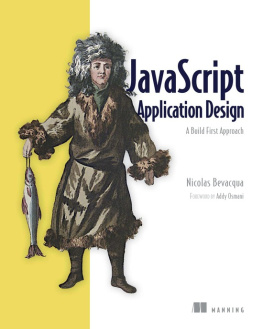
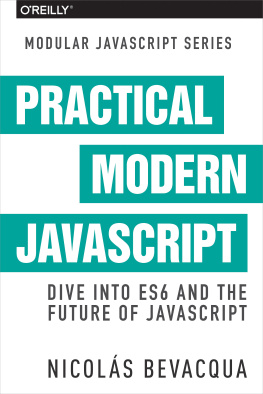


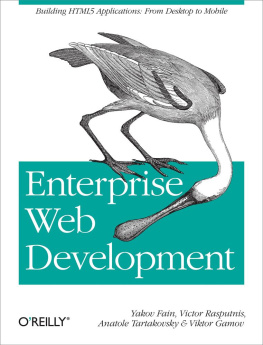

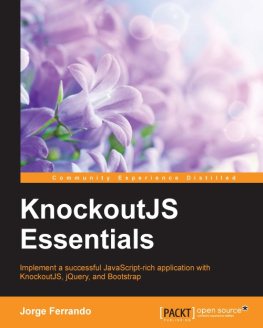
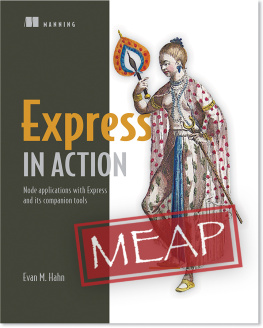
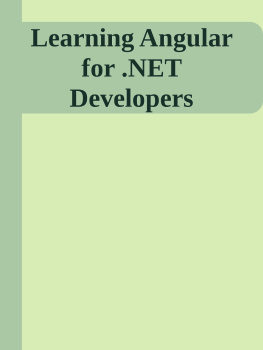
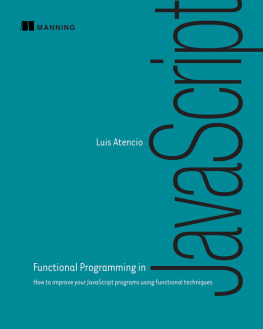
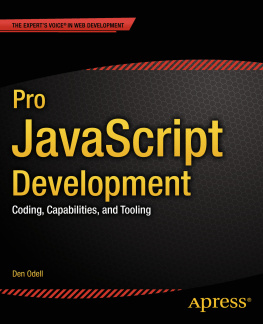
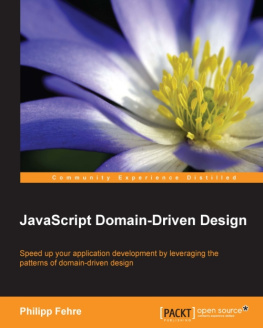
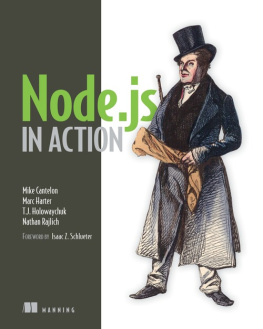
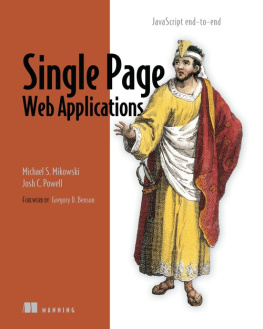

 Recognizing the importance of preserving what has been written, it is Mannings policy to have the books we publish printed on acid-free paper, and we exert our best efforts to that end. Recognizing also our responsibility to conserve the resources of our planet, Manning books are printed on paper that is at least 15 percent recycled and processed without elemental chlorine.
Recognizing the importance of preserving what has been written, it is Mannings policy to have the books we publish printed on acid-free paper, and we exert our best efforts to that end. Recognizing also our responsibility to conserve the resources of our planet, Manning books are printed on paper that is at least 15 percent recycled and processed without elemental chlorine.